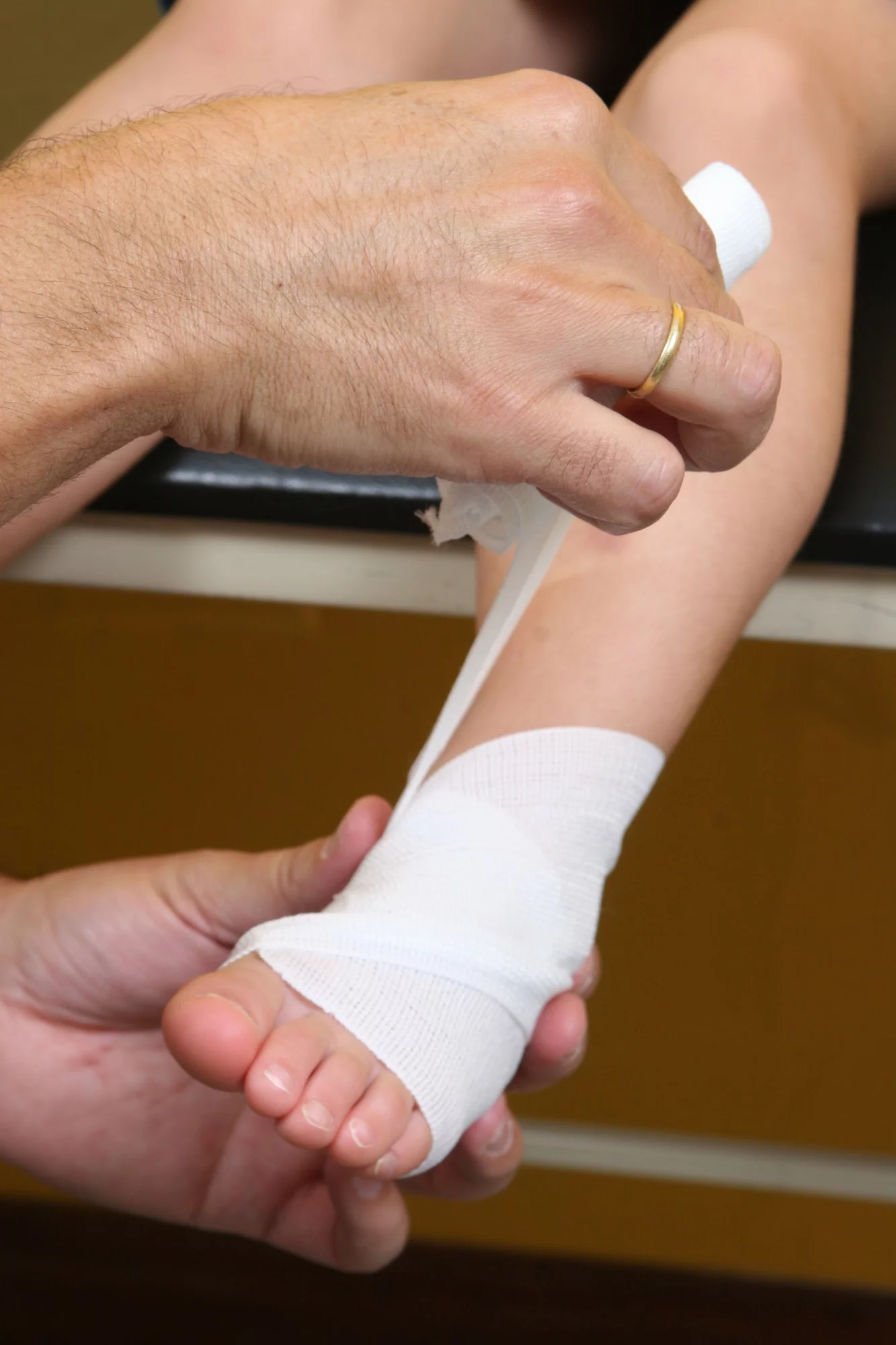Diabetes is often a silent disease. Many diabetics are asymptomatic for years, oblivious to the fact that their high blood sugar levels are slowly damaging their arteries, blood vessels, and nerves.
If poorly managed, diabetes is more likely to lead to foot problems. High blood sugar levels cause damage to your circulatory system. As a result, you may experience symptoms such as loss of feeling so severe that you may not even feel any pain if you’re injured.
Some diabetics also develop diabetic neuropathy, which can cause tingling, pain, and numbness in the feet.
However, there are ways you can care for your feet if you have diabetes. A healthy lifestyle paired with a few foot care tweaks may be enough to keep you out of trouble.
Seek help from diabetes specialists
During the past few decades, more and more specialists have pointed out the importance of diet in the management of diabetes. In 2019, the American Diabetes Association (ADA) stated that reducing your carbohydrate intake is the best way to improve blood sugar numbers.
This was a major change from the previous stance of the ADA, which stated that low carbohydrate diets (under 130 grams of carbs) weren’t recommended because they were restrictive.
If your current approach isn’t working for you, it’s worth seeking out a specialist who uses newer approaches to managing diabetes and preventing complications.
Wear socks and shoes
Walking barefoot may feel like a relief. However, by doing so, you may expose your feet to sharp rocks, pieces of broken glass, or residues that can cause injuries.
Lightly padded socks reduce the friction between your foot and shoes. Excessive friction can cause your soles to thicken, and too many calluses make it more difficult to feel pain during an injury.
When choosing shoes, look for breathable shoes made from natural fabrics. Synthetic materials make it easy for moisture to accumulate and may even increase your risk of catching athlete’s foot, especially if you go to public pools.
Check your feet on a daily basis
Wounds and infections take longer to heal when you have diabetes. It’s best to see a podiatrist early on if you notice any cuts, sores, blisters, rashes, corns, plantar warts, or signs of infection. If you do find areas of concern, clean the area with plain water and cover it with a bandage.
If your feet don’t show any improvement over the course of a few days, contact us as soon as possible. When left untreated, small wounds and cuts can easily develop infections that may lead to amputations.
Work on improving your circulatory system
There’s a reason why your feet are so vulnerable to infections and wounds: Due to poor circulation, your body can’t carry enough nutrients to an injury site to promote healing.
To fix this, you can implement the following habits:
- Exercise regularly
- Elevate your feet when sitting
- Maintain a healthy body fat percentage
Your exercise regimen doesn’t have to be strenuous. Walking, riding a bike, dancing, or doing any physical activity you enjoy helps keep your blood pumping and maintains your health for longer.
Even non-diabetics can develop circulatory issues when living a sedentary lifestyle. As long as you stay on the move, your circulation improves.
Get regular checkups
Our Providers understand how challenging it is to live with diabetes, and we can help you both prevent and treat diabetes foot complications.
Contact us by phone or online to schedule an appointment and find out what you can do to keep your diabetic feet healthy for longer.

